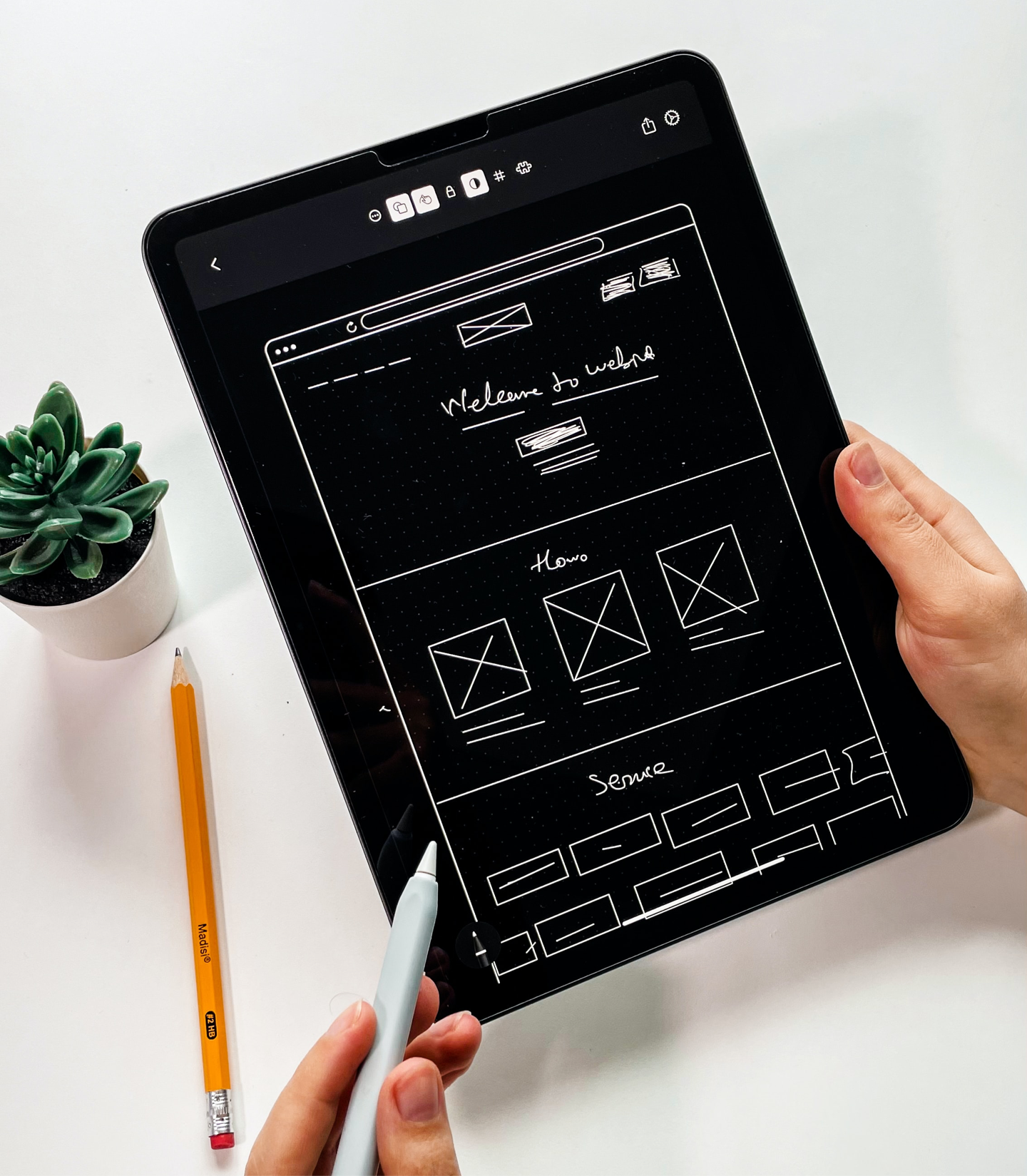Card Sorting
A card sort in UX (User Experience) is a method of organizing and categorizing information by having users group and label items on virtual or physical cards to reveal insights about their mental models and expectations for content organization.
What is card sorting?
Card sorting in UX is a research technique that helps designers understand how users organize and categorize information. It involves asking users to sort a set of cards or items into groups based on their own logic and reasoning.
During a card sorting exercise, participants are typically given a set of cards or items, each representing a piece of content or information. They are then asked to group these items into categories that make sense to them. Participants can create as many or as few categories as they want, and can name them in a way that makes sense to them.
The results of a card sorting exercise can be used to inform information architecture, navigation, and content organization decisions in a website or application. By understanding how users categorize information, designers can create more intuitive and user-friendly interfaces that better meet users’ needs.
There are two main types of card sorting:
- Open Card Sorting: In this type of card sorting, participants are given a set of cards without pre-defined categories. Participants create their own categories and group the cards accordingly.
- Closed Card Sorting: In this type of card sorting, participants are given a set of cards and a pre-defined set of categories. Participants group the cards into the provided categories.
Card sorting is a valuable tool for UX designers to better understand users’ mental models and how they organize information.
How to conduct a Card Sorting exercise:
To conduct a card sorting exercise in UX, you can follow these general steps:
- Define your goals: Determine what information you want to gain from the card sorting exercise. Do you want to understand how users categorize information, how they navigate a website, or how they prioritize content? Defining clear goals will help guide the design of the card sorting exercise.
- Choose your card sorting method: Decide whether you will use an open or closed card sorting method. Open card sorting allows users to create their own categories, while closed card sorting provides predefined categories.
- Select your participants: Choose participants who are representative of your target user group. You may need to recruit participants through user testing platforms or social media.
- Create your cards: Create a set of cards that represent pieces of content or information relevant to your website or application. Each card should have a clear label or description.
- Conduct the exercise: Provide instructions and guidance to the participants, and then ask them to sort the cards into groups according to their own logic and reasoning. Depending on the method chosen, the participants may be given either a blank canvas or a set of predefined categories.
- Collect data: Collect data on the groups and categories created by participants, including how many items were grouped together and what names were given to the groups.
- Analyze the results: Review and analyze the data collected from the exercise. Look for patterns and trends in the ways participants grouped the cards, and identify any insights that can be used to inform the design of the website or application.
- Use the results to inform design decisions: Use the insights gained from the card sorting exercise to inform the design of the website or application, including information architecture, navigation, and content organization.
Overall, conducting a card sorting exercise requires careful planning, execution, and analysis to ensure that the results are reliable and actionable. By following these steps, you can gain valuable insights into how users organize and categorize information, which can help improve the overall user experience of a website or application.



